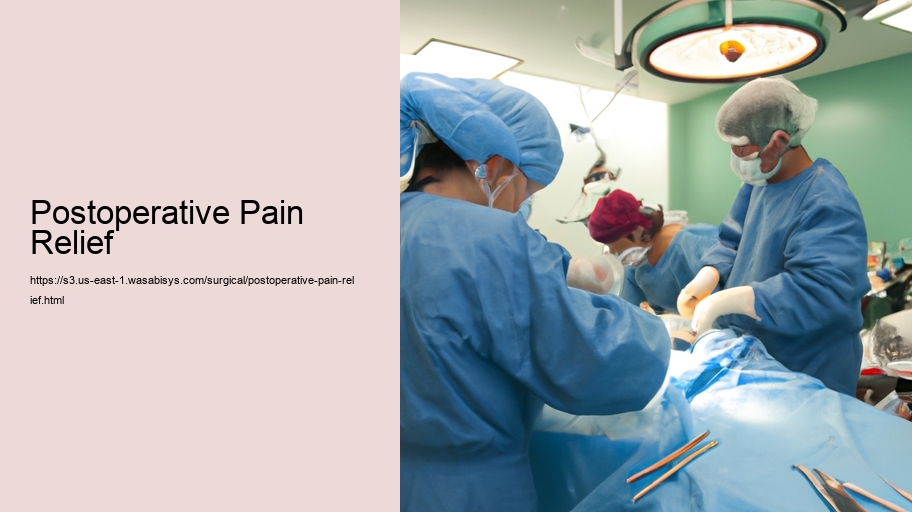Postoperative pain relief is an essential component of surgical care, vital not only for patient comfort but also for promoting recovery and preventing complications. The experience of pain after surgery can vary greatly among individuals, influenced by the type of surgery, personal pain thresholds, and psychological factors. Effective postoperative pain management is thus a multi-faceted endeavor, requiring a tailored approach that often incorporates various modalities of treatment.
The significance of managing postoperative pain cannot be overstated. Pain can impede a patient's ability to breathe deeply, cough, and move, all of which are necessary actions to prevent respiratory complications like pneumonia and to promote circulation to avoid blood clots. Furthermore, poorly managed pain can result in chronic pain syndromes, increase the risk for postoperative complications, prolong hospital stays, and negatively affect a patient's quality of life.
One of the primary methods of postoperative pain relief is pharmacological intervention. Opioids, such as morphine, fentanyl, and oxycodone, have historically been the mainstay of postoperative pain management due to their potent analgesic properties. However, these medications come with significant risks, including respiratory depression, constipation, nausea, and the potential for addiction. Therefore, their use must be carefully balanced and monitored.
As a response to the drawbacks of opioid use, multimodal analgesia has gained popularity. This approach combines drugs from different classes to achieve pain relief, minimizing the dose and side effects of each. Nonsteroidal anti-inflammatory drugs (NSAIDs), acetaminophen, local anesthetics, and adjuvants like gabapentin or ketamine may be used in conjunction with lower doses of opioids. This synergy allows for enhanced pain control while reducing opioid consumption and related side effects.
Regional anesthesia techniques, such as epidurals and nerve blocks, provide targeted pain relief and can be particularly useful for procedures involving the limbs, abdomen, or thorax. These methods can offer superior pain control and have the added benefit of reducing systemic medication side effects. For some patients, these techniques can provide pain relief for hours to days after surgery, significantly improving their immediate postoperative experience.
Patient-controlled analgesia (PCA) is another important innovation in postoperative pain relief. PCA devices allow patients to self-administer a predetermined dose of pain medication, typically opioids, by pressing a button. This method puts patients in control of their pain management, ensuring that they receive medication when they need it, without waiting for a nurse to administer it, thus improving pain control and patient satisfaction.
Non-pharmacological interventions also play a role in postoperative pain relief. Techniques such as transcutaneous electrical nerve stimulation (TENS), acupuncture, cold and heat therapy, and even psychological support through relaxation and cognitive-behavioral therapy can contribute to pain management. These methods can be particularly useful for patients who prefer to avoid drugs, cannot tolerate them, or need additional interventions to manage their pain.
Education is another crucial aspect of postoperative pain relief. Patients who understand what to expect after surgery, including typical pain levels and management strategies, tend to experience less anxiety and may report better pain control. Educating patients about the importance of reporting pain and participating in their own pain management can empower them to be active partners in their recovery process.
In conclusion, postoperative pain relief is a dynamic and essential aspect of surgical care. It requires a personalized approach, balancing pharmacological and non-pharmacological methods to address the unique needs and circumstances of each patient. By effectively managing postoperative pain, healthcare professionals can not only enhance patient comfort but also facilitate a smoother recovery, reduce the risk of complications, and improve overall surgical outcomes. As medical knowledge advances, the future of postoperative pain relief will continue to evolve, incorporating new techniques and medications to provide even better care for patients in the postoperative setting.
